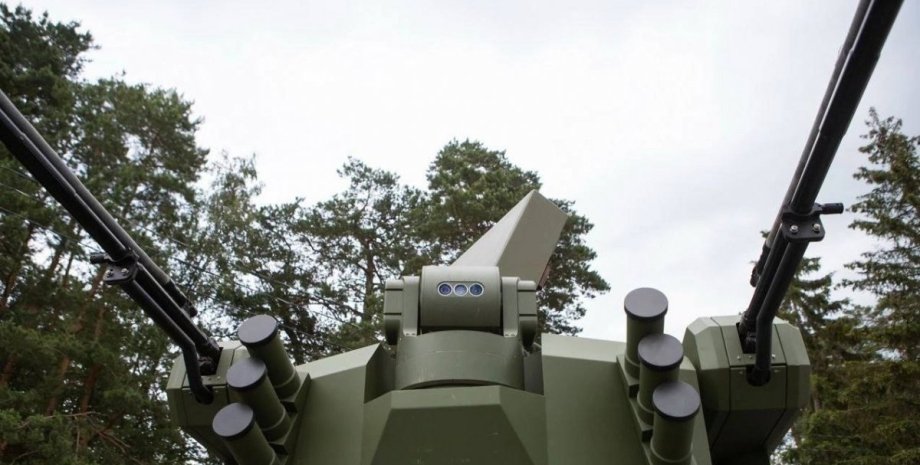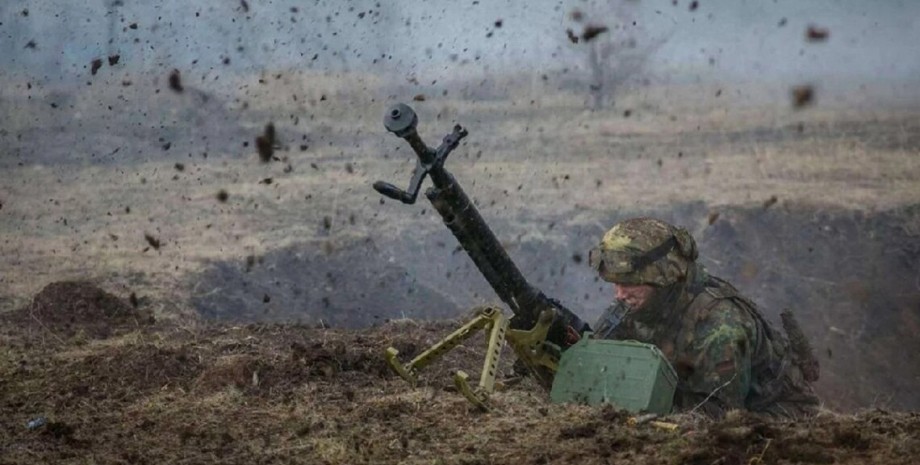
 By Eliza Popova
By Eliza Popova
Subscribe to not miss the latest and most intrusive news from the world of science! Text known as Keilfischurkunden Aus Boghazköi 24. 1 can be one of the most convincing connections between historical events and a legend of Troy. The search for material evidence of the Trojan War has long been igniting discussions. In 1873, the excavations of Henry Schliman confirmed the existence of a city that corresponded to the ancient descriptions of Troy.
However, whether a large -scale conflict has happened, remains uncertain. Some researchers believe that Hittite documents contain references to real historical events that have later become a myth. These texts include excerpts that mention the interaction between the hat rulers and the people known as Akhiyava, who is considered to be considered a Mycenaean Greeks.
According to ancient records, the conflict was between the coalition of Greek troops, headed by Agamemnon and defenders of the city, which was ruled by King Priam. In the war, which was believed, a huge fleet was involved in ten years, which sailed from Greece to be besieged by the Anatolian stronghold. However, the defenders were not themselves, they were supported by various allies from the whole region, including Lydians and the Frigians.
Considering the extent of this battle, historians have long sought independent evidence to support the statements about large -scale fighting. Hittite records dated about 1200 BC. BC, became the central point in this search. Among the most significant texts is Tavagalava, written about 1250 BC. E The letter describes the past conflict with the participation of the ruler Vilus and Attarshia, who is believed to be the Mycenae's Commander.
Although the document does not directly use the term "war", it hints at hostilities between the Western Anatolia and the Greek world. Recently deciphered plate Keilfischurkunden Aus Boghazköi 24. 1 adds an additional context to these events. It contains the tsarist message that was exchanged by the Hittite Tsar and Paradimau, probably the local ruler of Taruish - a name that is very reminiscent of Troy.
The text also mentions that Attarshia and his sons began an attack on Taruish, which confirms preliminary evidence of Greek military activity in the region. The most striking is that the plate contains a poetic passage in the Luvian language, which seems to tell about the destruction of Vilus. The rhythmic structure of this fragment is similar to the Homeric poem, which suggests that the oral tradition of stories about Troy could exist for many centuries before writing "Iliad".
Although Greek mythology attributes this story to one poet, these findings indicate that its development could be influenced by Anatolian traditions. The presence of the Luvian poetic fragment, which refers to divine anger and devastation, points to the literary connection between Anatoly and the later Greek epic tradition.
Considering that the region lived in the region, including hats, Louvians and other Indo -European groups, it is likely that numerous cultures have contributed to the formation of legend of Troy. Although the latest evidence increases the argumentation in favor of historical events that are in the Trojan War, they do not confirm that the conflict unfolded exactly as described in Greek mythology.
For example, the Tavagalav letter describes the peace achieved by negotiation, not a catastrophic siege. This contrast emphasizes how history and story often merge, adapting real events to cultural narratives over time. Studies of Hittite texts offer a convincing view of the past. Continuing to analyze these ancient records, researchers make a broader understanding of the political and military dynamics of the late Bronze Age.
Regardless of whether the war was as described by Homer, the echo of Troy is stored - both in clay tablets and in epic poetry. Earlier, Focus wrote that ancient inscriptions from Esatley Kai may disappear forever. This place contains one of the highest concentrations of Turkic writing beyond the inscriptions of Gyokurk. We also talked about the ancient artifact, which was found on the Baltic coast in Poland. Scientists have discovered a gallblast dagger, which is almost 2800 years old.










All rights reserved IN-Ukraine.info - 2022